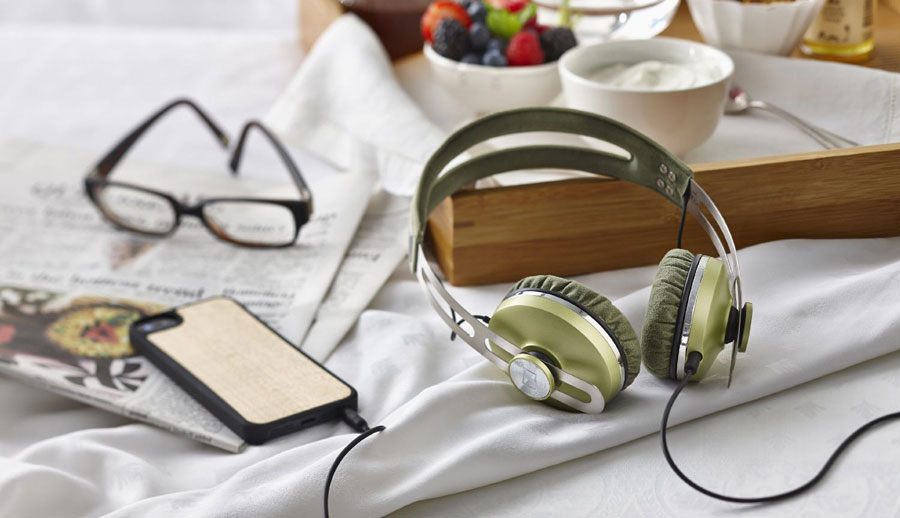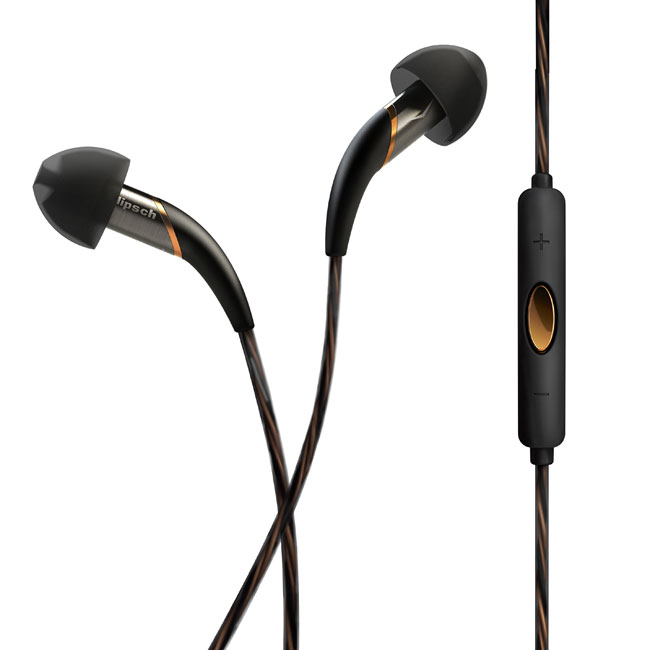While they may be trendy and convenient, you can do a whole lot better than those tiny white earbuds that come with your smartphone.
A whole lot better.
Even if you don’t take your headphones too seriously, off-the-shelf brands sound way better. They’re also more comfortable and will last a long longer than the ones crammed into the bottom of your smartphone box.
Music and podcasts aside, these “noise-cancelling” headphones can shut out the world around you when all you need is a little peace and quiet.
So, if you’re in the market for a new pair of headphones, here are a few considerations.

1. Size matters
There are three main types of headphones you could purchase: on-ear, over-ear and in-ear.
On-ear headphones, as the name suggests, go up against your ears, but doesn’t cover them completely. The cushions may vary in size from a Toonie to the circumference of a coffee mug, and are held in place with a headband that goes over your head. On-ear headphones are ideal for wearing in and out of the home, and are easy to take on trips.
Over-ear headphones are larger and completely cover your ears. They resemble the large Hi-Fi headphones of yesteryear and have larger drivers for louder (and more well-balanced) acoustics. Some users find these the most comfortable, but are perhaps too cumbersome to wear around town. As such, these may be more ideal for use inside the home.
Finally, in-ear headphones — a.k.a. “earbuds” — slip inside your ears for a snug fit. Often you’ll find different silicon ear-tip sizes in the box to ensure it’s comfortable to wear. Obviously, those who wear hearing aids can’t use these (although some hearing aids offer Bluetooth to help you wirelessly connect to a smartphone or smart TV). Earbuds are ideal for those on the go, including those who like to exercise, and are usually the least expensive out of the three categories.
2. Wireless versus wired
Many headphones today have embedded Bluetooth technology, a universal wireless standard for pairing up with compatible nearby devices, like smartphones, tablets and laptops. This way, you don’t need a cable running between your headphones and the device that’s producing the music.
Some headphone use Apple AirPlay/Wi-Fi or radio-frequency (RF) or another kind of wireless protocol, but Bluetooth is the most popular.
Whether you go wired or wireless boils down to personal taste and budget, and each have their own pros and cons.
While a little more expensive, on average, wireless headphones remove clutter, which is especially convenient when exercising or if you’re far away from the source (like a TV). But keep in mind you need to charge up wireless headphones before you use them. Forgetful types may not be able to use their headphones, although some on-ear and over-ear models include a wired cable in the box, just in case.
Generally speaking, wired headphones cost less and sound better than wireless headphones, but Bluetooth is getting better at delivering less “compressed”audio than it did a few years ago.
3. Noise-cancelling headphones
These headphones are designed to cancel out noise around you — such as engine roar on an airplane when you’re trying to catch some shut-eye or a television murmur in another room of your home that’s interrupting your classical music enjoyment.
These clever products look like regular headphones that go over your ears (or inside your ears), but they use sophisticated technology to greatly reduce environmental noise up to a few metres around you.
But how do they work, you ask?
While some companies tackle this task in a variety of ways, most “noise-cancelling” headphones work by introducing an electronic interference to the noise — a kind of anti-noise, if you will — that dramatically reduces the amount of outside sounds experienced by the listener.
This is achieved by a tiny microphone that “hears” the noise and a processor that generates a sound wave with the opposite polarity, which in essence, cancels out the ambient noise within the headphones. This is called “active” noise-cancellation and requires headphones with battery power — sometimes a rechargeable battery is included, while in other instances you must buy an AA or AAA battery.
While they don’t require batteries, “passive” noise-cancelling headphones don’t perform as well as “active” ones, as it’s simply the material of the headphones — and design (especially in-ear models) — that attempt to block out sound waves around you. In other words, passive noise-cancellation won’t completely block out nearby clatter, but they’re much stronger than regular earbuds.

A few other thoughts, before you buy:
- Stick to brands you know and trust, and read reviews of headphones before you buy them from both critics and customers. Also, read up on the manufacturer’s warranty (it usually lasts a year) and what the online store or retailer’s return policy is like.
- If you’re pairing your headphones with a smartphone, ensure the model you’re buying has a built-in microphone for you to take calls without having to remove the headset. Often the microphone is on the cable, around chest-level, or built into the headphones themselves (if wireless).
- Some over-ear headphones offer controls on the earcups themselves, whether it’s small buttons to press — to play and pause music, skip tracks forward and back, or turn volume up or down — and some models have touch controls that let you swipe up and down or left and right (like a touchscreen device). Some let you talk to your phone’s personal assistant, such as Siri or Google Assistant.
- While good sound quality should be top priority, don’t underestimate the importance of comfort and battery life (for wireless models). That is, even if your new headphone sound fantastic, if they don’t feel good after a few minutes of use, or if the battery doesn’t last long, then you won’t want to reach for them. Look for an adjustable band on on-ear or over-ear headphone, and ensure they fit comfortably by adjusting them once they’re on your head.
- Other features to look for, if important to you: some earbuds and headphones are waterproof, just in case it rains, or if you get sweat on some of the fitness-centric models; speaking of fitness, some earbuds have an integrated motion sensor that tracks your workout performance and shows you the data on a smartphone; while not too popular, some headphones use “bone conduction” technology that deliver sound through your cheekbones and into your inner ear, so you can hear ambient sound around you.
